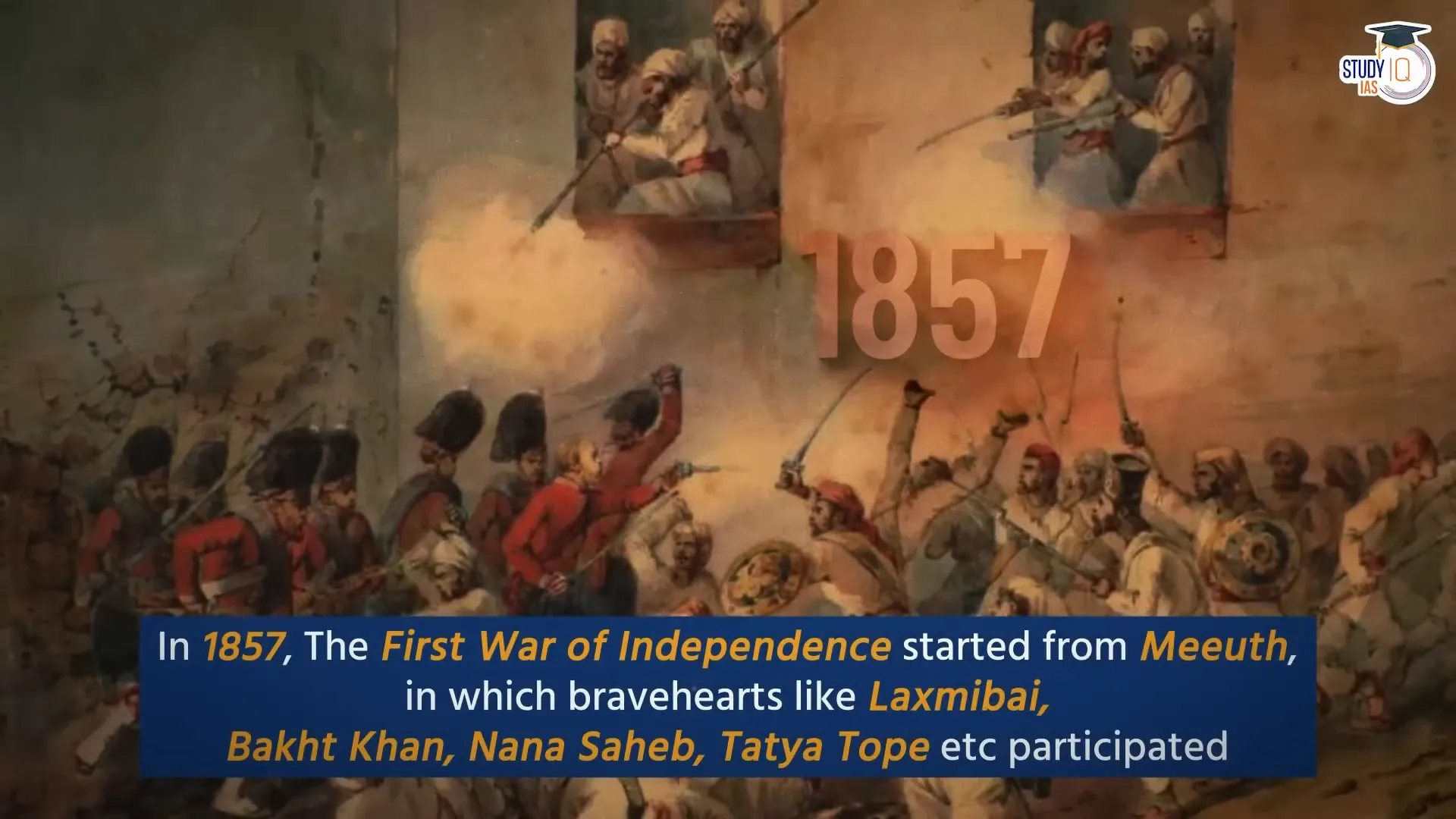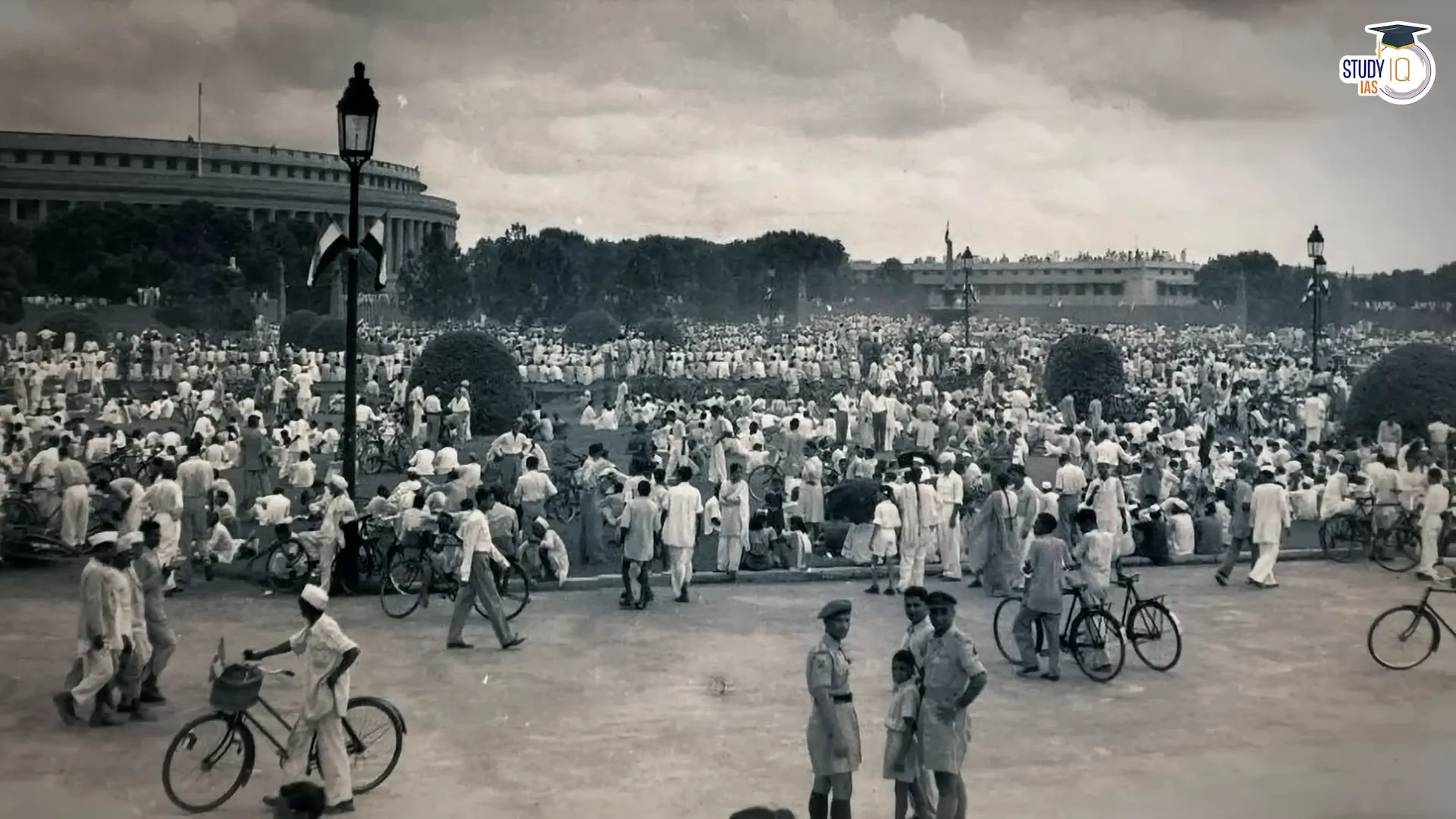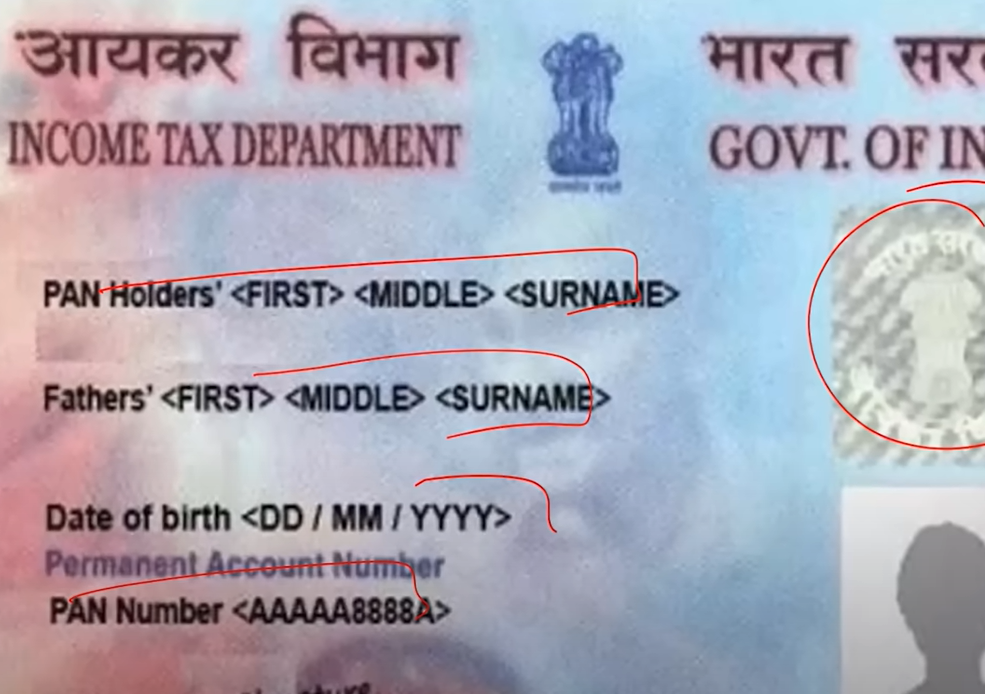
History of Uttar Pradesh

Uttar Pradesh, a state that is often in the news, has a history as rich as it is complex. Known as the birthplace of revered figures like Lord Rama, Lord Krishna and Buddha, the state is a melting pot of culture, politics and spirituality. In this blog, we will discuss the historical significance of Uttar Pradesh in depth, exploring its ancient roots, medieval changes and modern developments.
Ancient Beginnings
Uttar Pradesh has a history dating back over 4,000 years, with roots in the Vedic civilization. In the early Vedic period, the region was known as Brahma Rishi Desh or Madhya Desh. It served as the spiritual center for many great sages such as Bharadwaj, Gautama and Valmiki. The region is also known as the backdrop of two of India’s greatest epics: the Ramayana and the Mahabharata.

While searching for archaeological evidence, we have found remains of human skulls dating back to around 10,000 BC in Pratapgarh. Settlements of the Paleolithic and Neolithic periods have been discovered in places like Chakia in the Sonbhadra valley and Chandauli. Neolithic tools and weapons were found in Mirzapur and Sonbhadra, indicating early agricultural practices.
The Indus Valley Civilization
Uttar Pradesh is home to some of the oldest cities of the Indus Valley Civilization. Alamgirpur, located between the Ganges and Yamuna rivers, was one of the first sites to reveal Indus Valley artifacts. Other notable areas include Meerut, Saharanpur, and Agra, which help us understand this ancient civilization.

The literature of the Vedic period contains detailed descriptions of the Gangetic plains, while the Mahabharata revolves around Hastinapur, located in modern Uttar Pradesh. The structured history of the region began in the sixth century BCE with the sixteen Mahajanapadas, eight of which were located in present-day Uttar Pradesh.
The Rise of Buddhism
The arrival of Gautama Buddha marked a turning point in the historical narrative of Uttar Pradesh. He spent most of his ascetic life here and gave his first sermon at Sarnath. The Dhamekh Stupa at Sarnath marks this important moment, symbolising the importance of the region in the spread of Buddhism.

इस अवधि के दौरान, इस क्षेत्र में मौर्य, कुषाण और गुप्त साम्राज्यों सहित विभिन्न शासकों, राजवंशों का उदय देखा गया। मौर्य सम्राट अशोक ने यहां अपने साम्राज्य का विस्तार, बौद्ध धर्म और कला को बढ़ावा दिया, जो उनके शासनकाल के दौरान फला-फूला था।
Medieval History: A Cultural Melting Pot
Uttar Pradesh became a culturally rich state with the arrival of Islamic rulers in the 10th century. The establishment of the Delhi Sultanate and later the Mughal Empire brought significant changes. The region witnessed a blend of Hindu and Islamic cultures, leading to the development of a unique syncretic culture.

During the Mughal period, which began in the 16th century, Uttar Pradesh became the center of power in India. Akbar’s reign saw a significant cultural renaissance, where art, literature, and architecture flourished. The construction of magnificent buildings such as the Taj Mahal in Agra symbolizes this era.
Modern Developments
The 18th century saw the decline of Mughal power and the rise of regional states. The British East India Company began to establish its rule in the region, leading to significant social and political changes. The outbreak of the Revolt of 1857 marks a turning point in Indian history as it is frequently referred to as the War of Independence.

After independence, Uttar Pradesh has played an important role in Indian politics and has produced many Prime Ministers. Leaders like Jawaharlal Nehru and Lal Bahadur Shastri came from this state, which further increased its political importance.
Uttar Pradesh’s Role in Modern India
Today, Uttar Pradesh is India’s most populous state, influencing the country’s political landscape. The state has seen significant economic growth, but it also faces challenges such as poverty and unemployment. The diverse culture, rich history, and strategic importance make Uttar Pradesh an important part of India’s identity.

In conclusion, the history of Uttar Pradesh is not just a history of events, but a testimony to the resilience and diversity of its people. When we consider its past, we can appreciate how deeply this state has impacted the broader fabric of Indian history.
The Conspiracy Against Vinesh Phogat | Why She Lost?
GooglsNews.comClick me









